Are all Fig cultivars,just as hardy ?
herman2_gw
13 years ago
Related Stories

GARDENING GUIDES10 Cold-Hardy Succulents for Cool-Season Interest
These attractive plants shrug off colder temperatures, and many can be brought inside in containers in extra-chilly climates
Full Story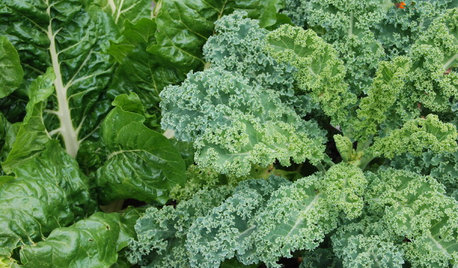
FALL GARDENINGFrost-Hardy Foliage That Loves a Cold-Climate Garden
When winter cuts a bleak swath through other plants, these edibles and perennials flourish brilliantly
Full Story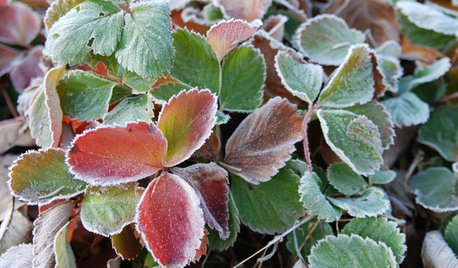
GARDENING GUIDESGreat Design Plant: Strawberries for All Seasons
An edible carpet? It's possible with a mass planting of this tough ground cover
Full Story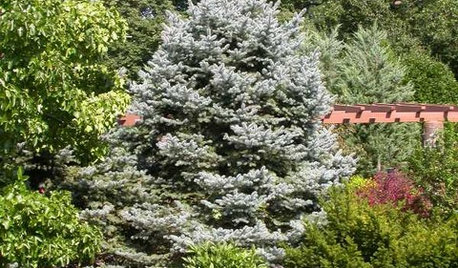
LANDSCAPE DESIGN10 Evergreens for Beautiful Foliage All Year
Give your landscape consistent color and structure with the emeralds, chartreuses and blues of evergreen trees and shrubs
Full Story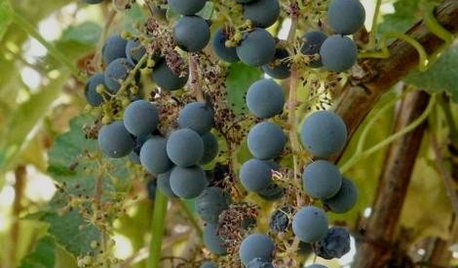
GARDENING GUIDESGreat Design Plant: Try California Wild Grape for Interest All Year
Sure, it’s stunning in fall. But the spring buds, summer grapes and gnarled winter vines are gorgeous too
Full Story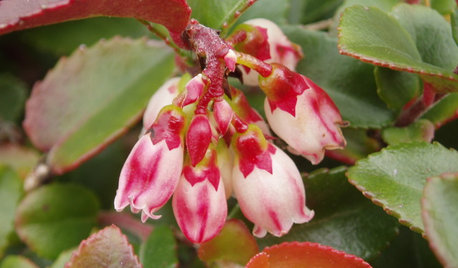
GARDENING GUIDESGreat Design Plant: Evergreen Huckleberry Appeals All Year
Spring flowers and summer berries are only half the story with Vaccinium ovatum, a versatile Pacific Northwest native plant
Full Story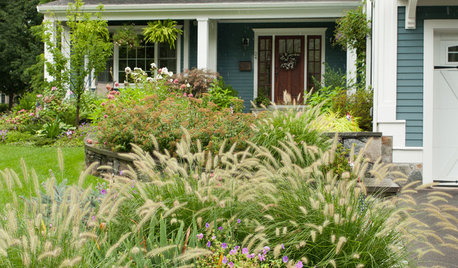
LANDSCAPE DESIGNGreat Design Plant: Lively Fountain Grass Thrives Just About Anywhere
Enjoy fountain grass for its exuberant form, long-lasting color and texture for borders and more
Full Story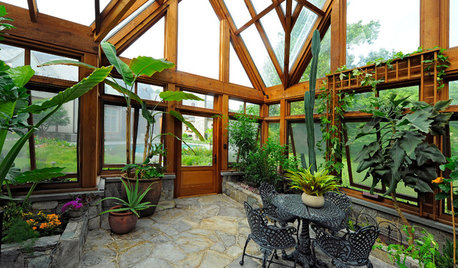
EDIBLE GARDENSThe Enticing Garden: How to Grow Bananas
Sweeten your dining table with surprising flavors of banana cultivars while adding tropical flavor to your garden
Full Story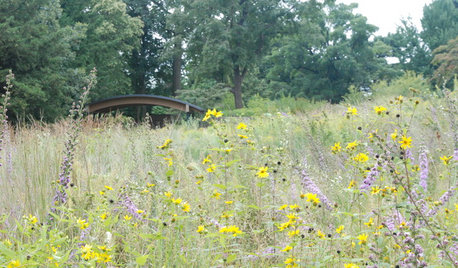
GARDENING GUIDESHow to Find the Right Plants for Your Garden
Break free from choosing plants by cold-hardiness zones for a beautiful landscape that thrives year-round
Full Story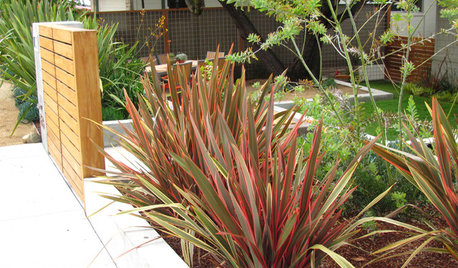
RED FOLIAGEGreat Design Plant: New Zealand Flax
A commanding presence, year-round foliage and a hardy nature make flax a winner in the landscape even in fall and winter
Full StoryMore Discussions






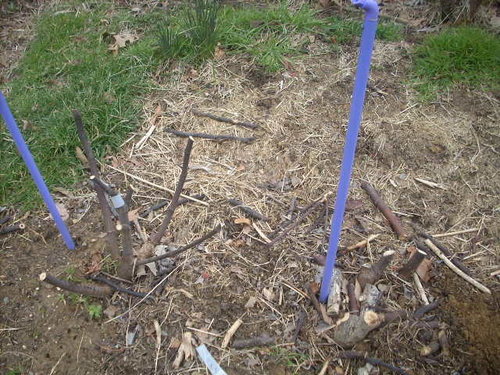
danab_z9_la
frozenjoe
Related Professionals
70037 Landscape Architects & Landscape Designers · Lyons Landscape Architects & Landscape Designers · Montgomeryville Landscape Architects & Landscape Designers · Saint Louis Park Landscape Architects & Landscape Designers · Live Oak Landscape Contractors · Tustin Landscape Contractors · Cape Coral Decks, Patios & Outdoor Enclosures · Greendale Decks, Patios & Outdoor Enclosures · Hyattsville Decks, Patios & Outdoor Enclosures · Crofton Fence Contractors · Downers Grove Fence Contractors · Goodyear Fence Contractors · Newark Fence Contractors · Saint Louis Park Fence Contractors · Franklin Fence Contractorsdieseler
foolishpleasure
Dennis AKA Snaglpus
espo8
herman2_gwOriginal Author
espo8
alb419_ny
italiangirl74
herman2_gwOriginal Author
alb419_ny
sergnic
sergnic
espo8
herman2_gwOriginal Author
sergnic
genecolin
sergnic
zhongaiwuhuaguo